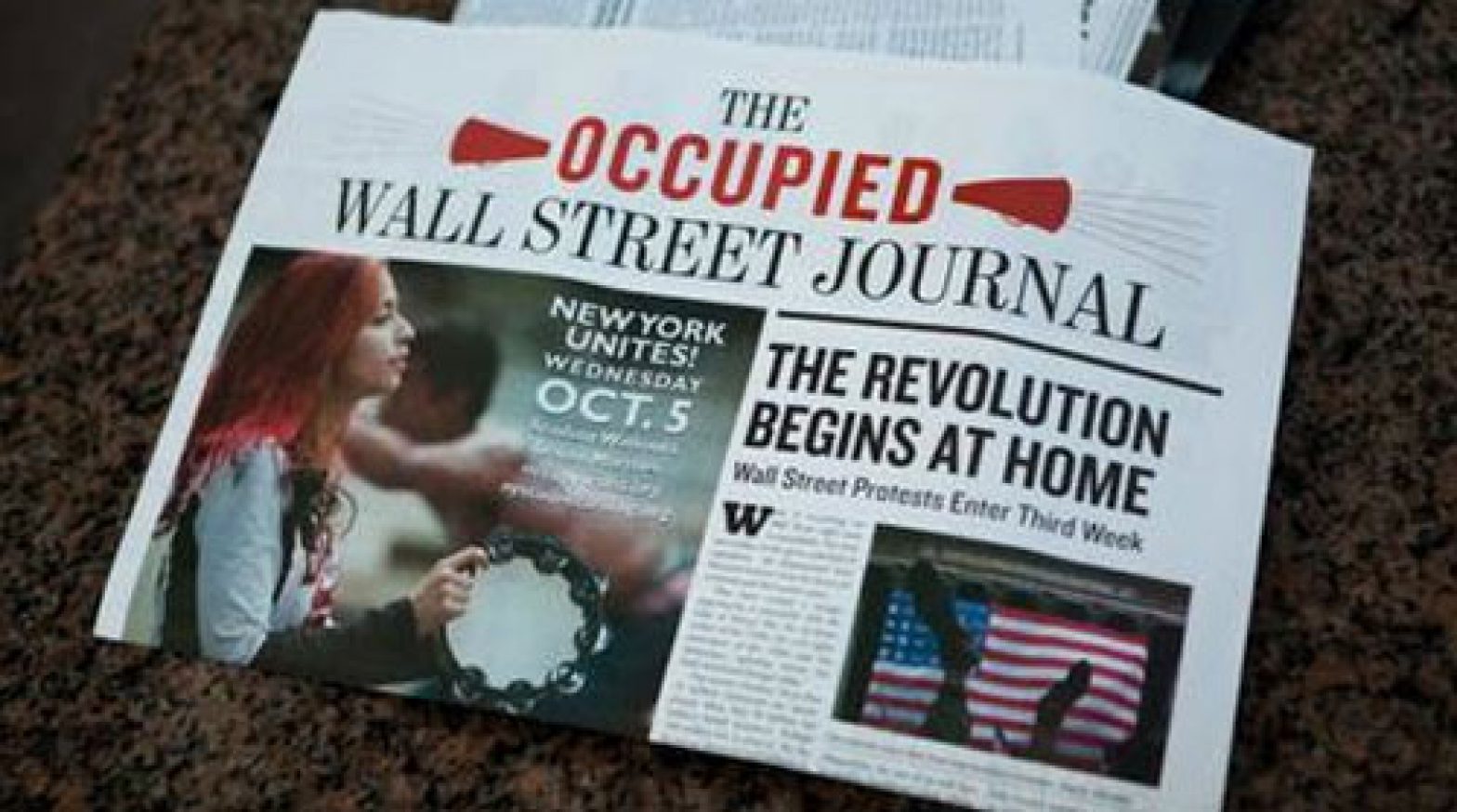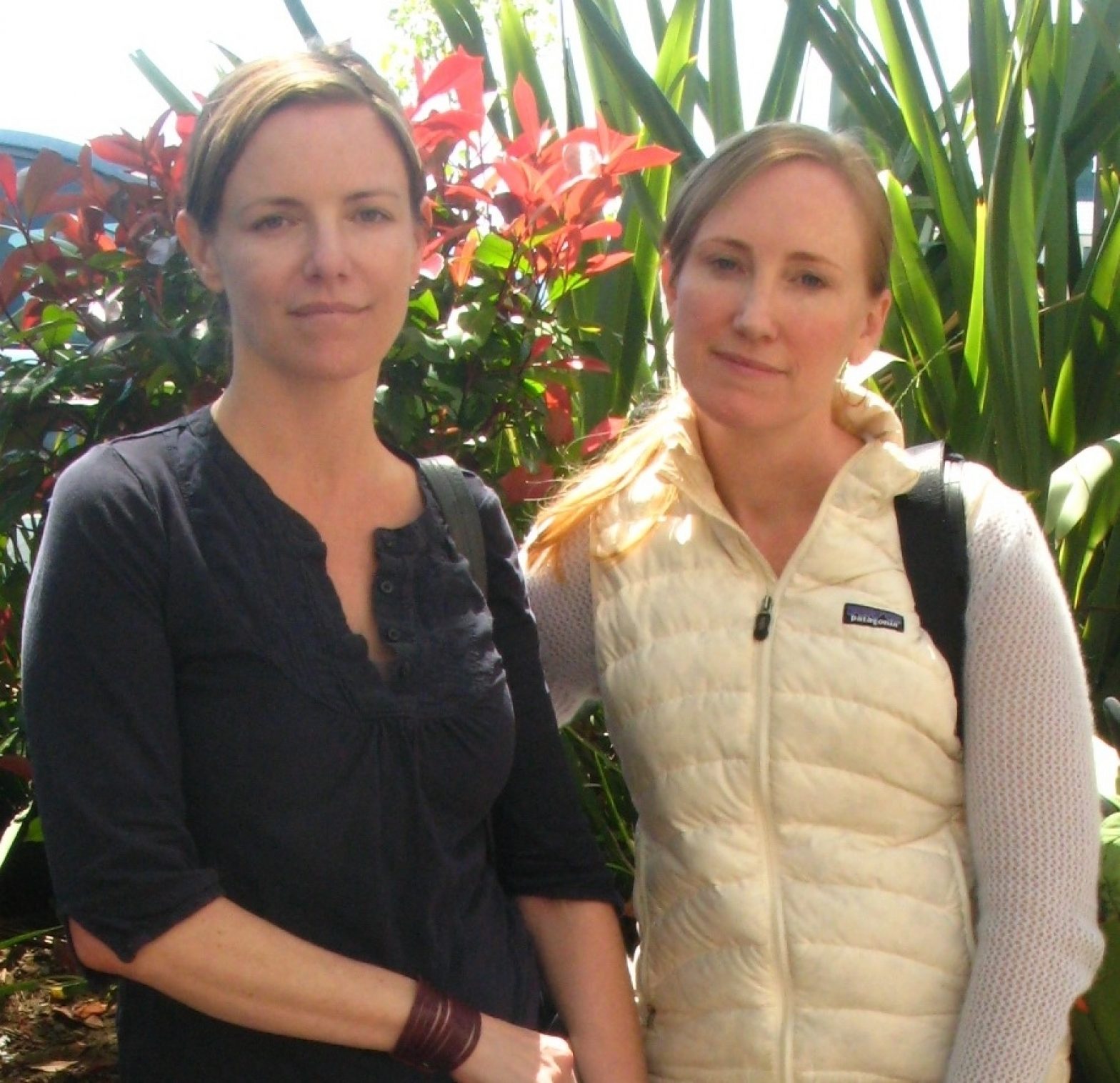Media
Occupy Wall Street movement births newspaper
Last Saturday, prior to the thousands-strong march of Wall Street protestors attempting to cross the Brooklyn Bridge, which ended in some 700 arrests, the first edition of The Occupied Wall Street Journal hit New York City’s streets. Within three days, all 50,000 copies had been snapped up and distributed by volunteers throughout the five boroughs, leading to another print run Tuesday ahead of the paper’s second edition, which comes out Friday. The Journal, a 4-page weekly broadsheet funded entirely through online contributions at Kickstarter.com, is the latest manifestation of a social media-driven movement that is growing in real body numbers and gaining national momentum.




